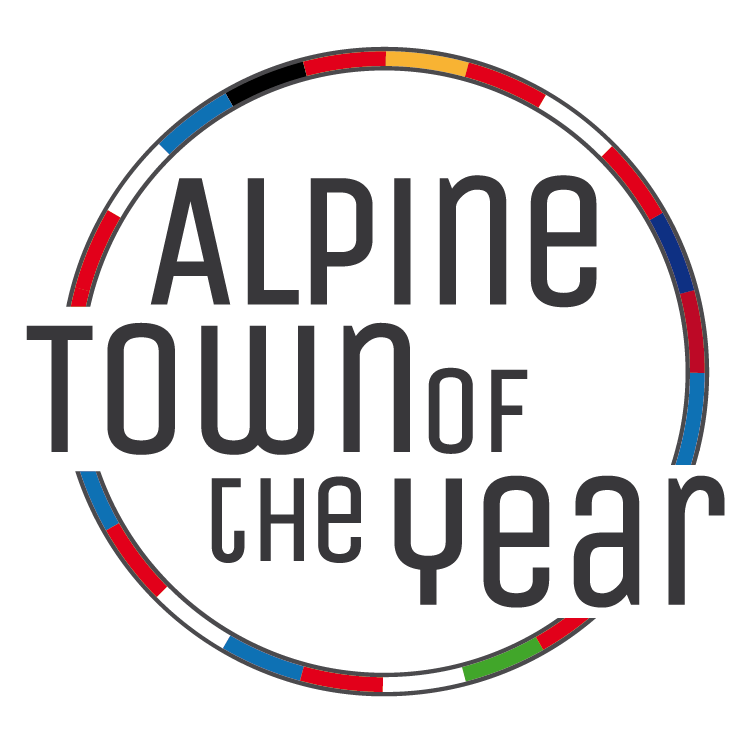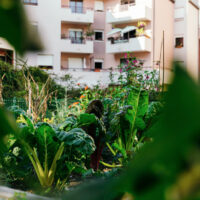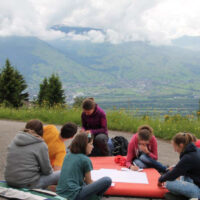Chambéry / France
Alpine Town of the Year 2006
Facts & Figures
Inhabitants
Districts
Area in km²
Between the massif of Bauges and the Chartreuse, Chambéry is conveniently located at the gateway to the Alps and the largest French lake, the Lac du Bourget. A special feature of the town is its location on the border between France and Italy on the one hand and between the Alemannic and southern countries on the other. Chambéry benefits from a mountain climate, tempered by its low altitude (270 m). Its location between lakes and mountains means that water and winter sports facilities are easily accessible from Chambéry.
The mountains have shaped the development of the town and the mentality of its population to the present day. Despite its urban character, Chambéry has never seen itself as the antithesis of its mountainous, rural surroundings, but rather as part of them.
Chambéry has moved closer to the mountains, taking responsibility for the three surrounding national and nature parks of the Vanoise, the massif of Bauges and the Chartreuse.
The population and the authorities have recognised that the attractiveness and quality of life of the town depend to a large extent on its surroundings. A vibrant city needs a vibrant surrounding area and must be prepared to pay for it. The city has taken another major step by creating the “Maison des parcs et de la Montagne” (“House of Parks and Mountains”).
The jury said…
The exemplary cooperation with the surrounding area was a major reason for choosing Chambéry as Alpine Town of the Year. In addition, Chambéry has a long tradition of cross-border cooperation, generous hospitality, support for international conferences, a wide range of cultural activities and the various national mountain organisations that have chosen the town as their headquarters. Also impressive are the efforts of the authorities and the population to constantly improve the quality of life and promote sustainable development – no easy task in an urban area of this size in the Alps and in the context of a globalised economy with massive pressure on jobs.







